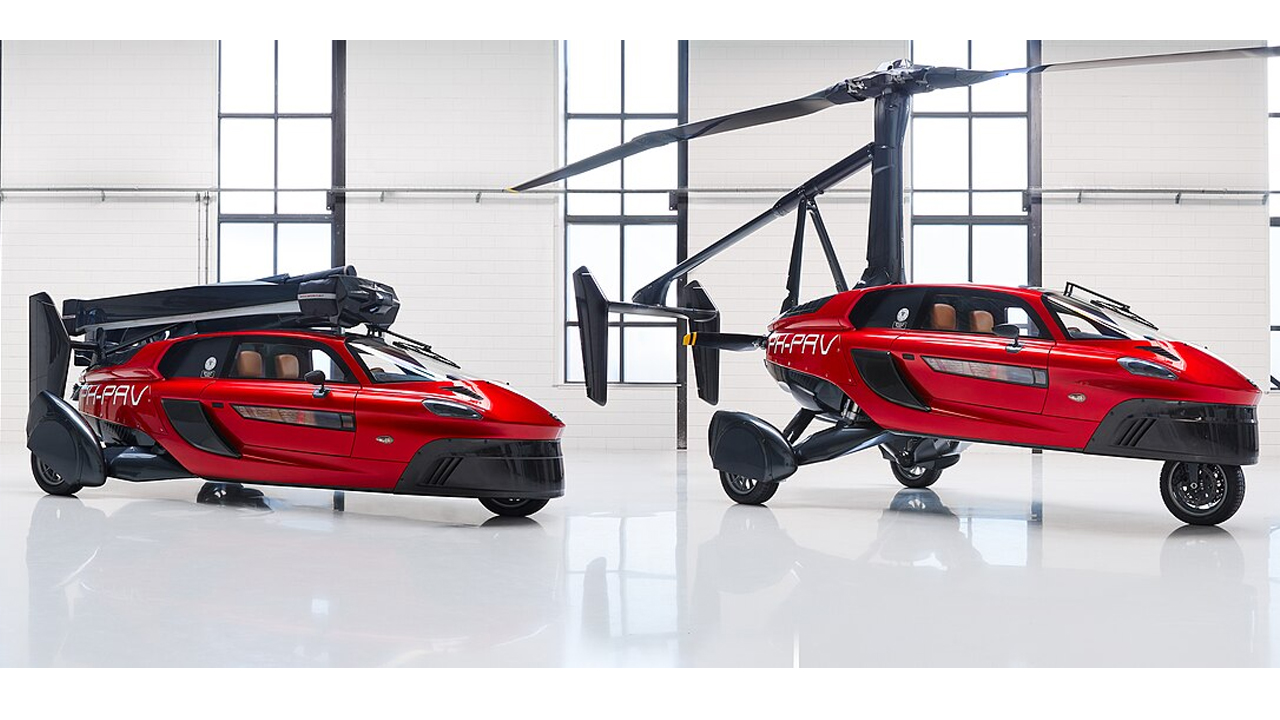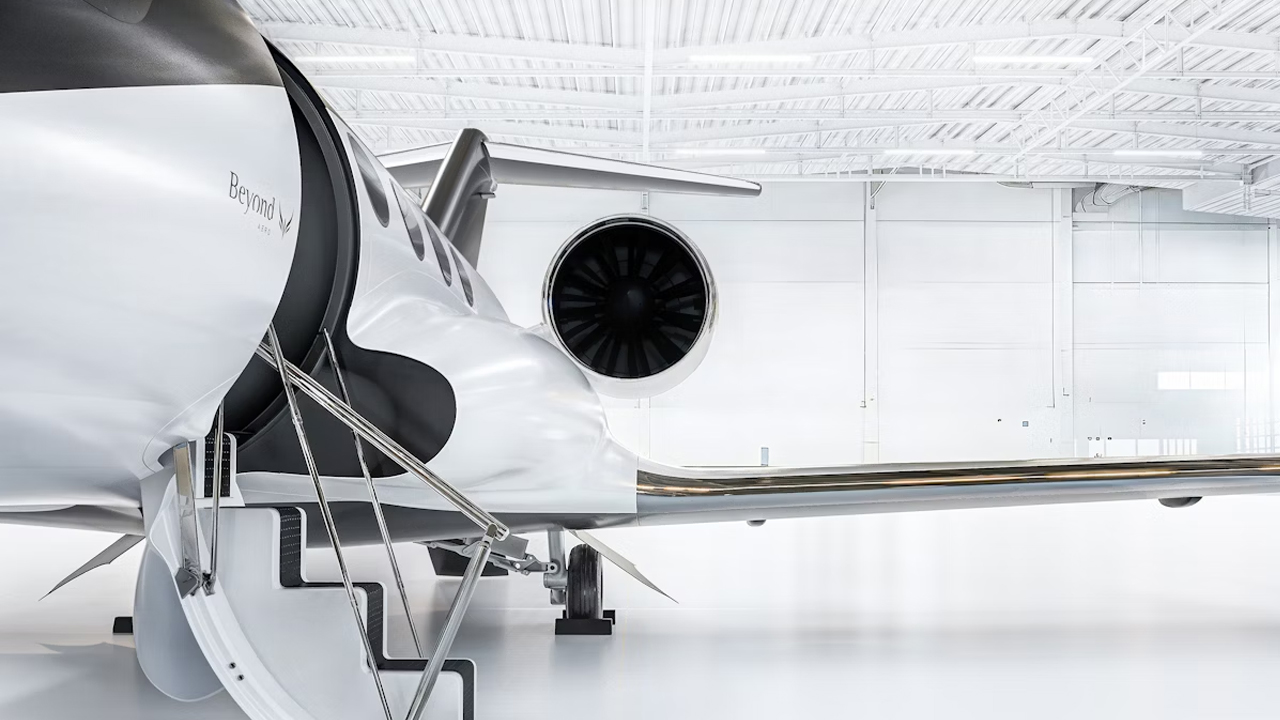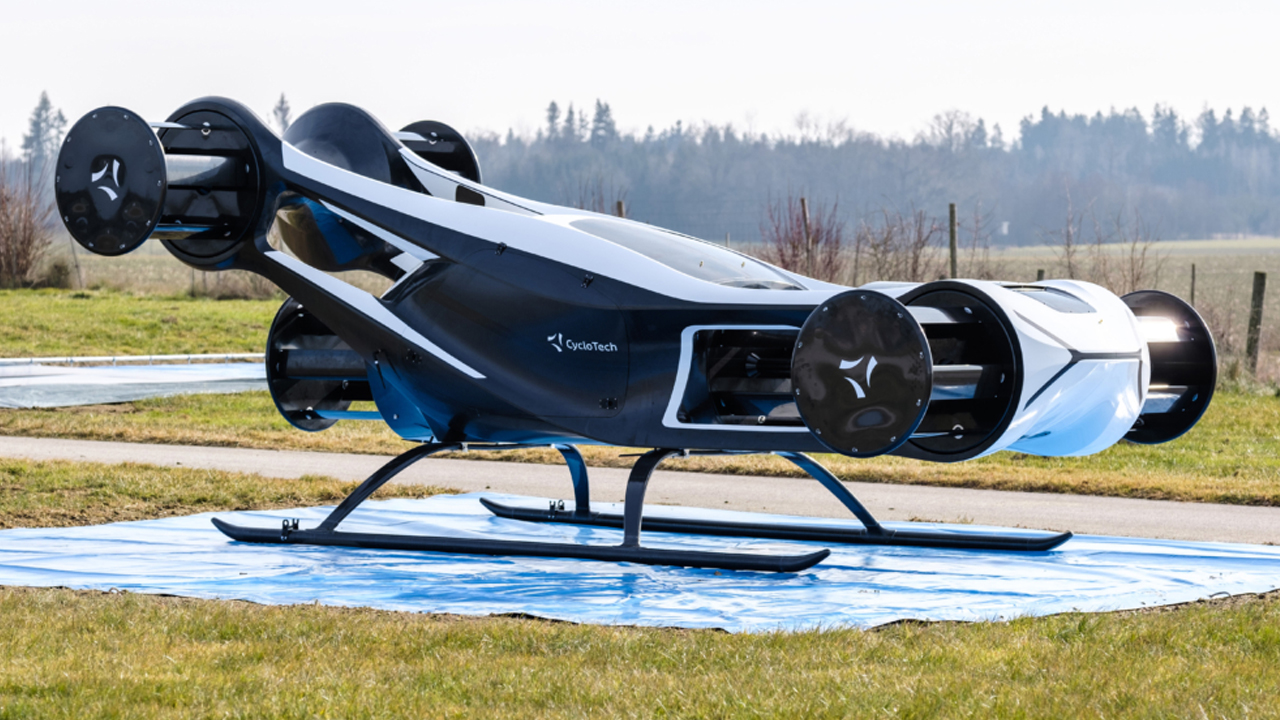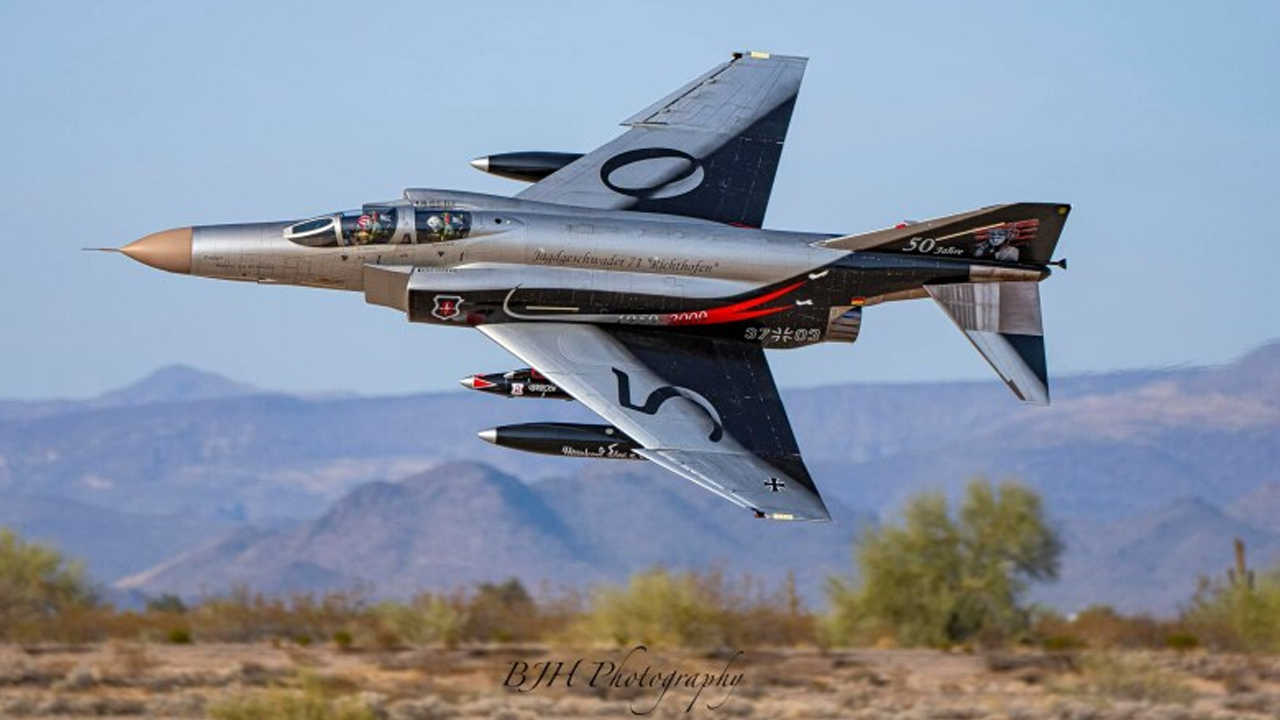In the early 1980s, the U.S. Air Force and Northrop Corporation launched a groundbreaking project: the Tacit Blue aircraft. With no traditional tail and an unusual boxy shape, it was designed to test whether stealth surveillance aircraft could survive while flying close to enemy lines—without ever being seen.
Designing the Undetectable
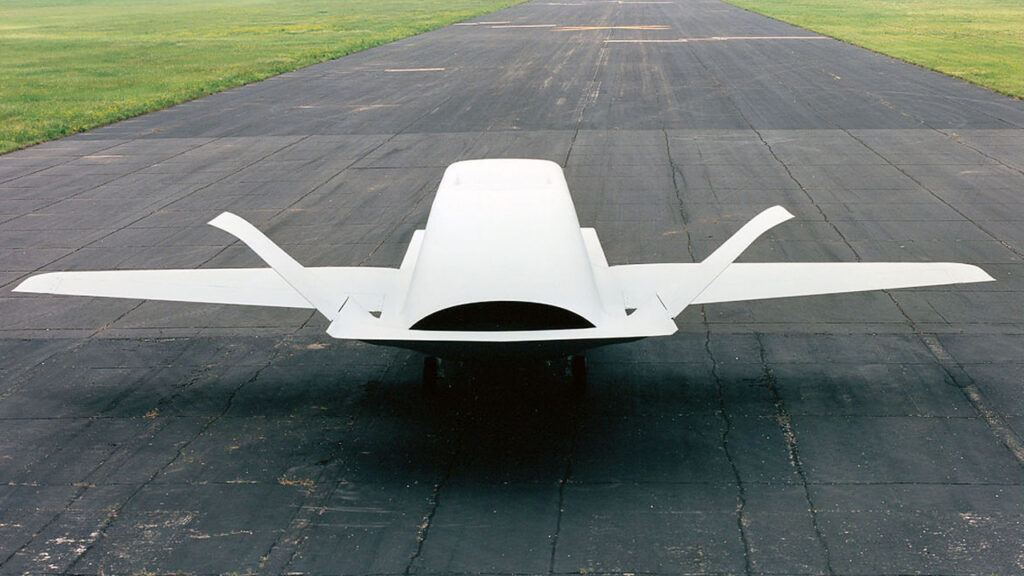
The aircraft’s curved fuselage, flat sides, and V-tail were engineered specifically to reduce radar visibility. Unlike the angular look of the F-117, Tacit Blue used smooth contours that made radar waves scatter in unpredictable directions. It relied heavily on a digitally controlled flight system to stay stable—an early demonstration of what would become standard in unstable stealth aircraft. Its stealth shaping was far ahead of its time and paved the way for more advanced designs.
The innovations made it the first aircraft to prove that stealthy battlefield surveillance was possible, and it flew 135 test flights before being retired. According to the U.S. Air Force Museum, Tacit Blue was a pioneer in stealth reconnaissance flight.
Radar Evasion That Worked
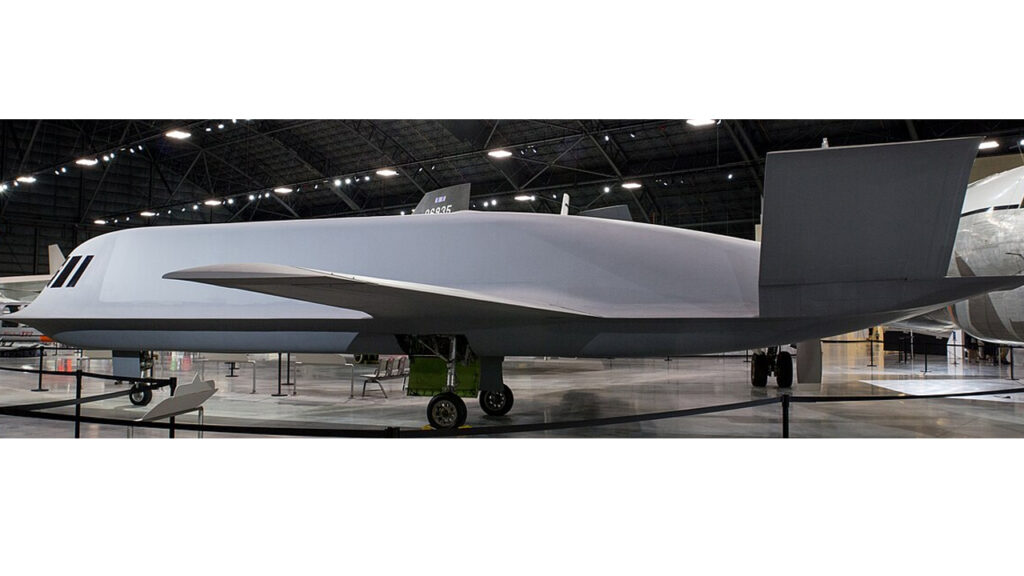
Tacit Blue wasn’t just about shape—it also had a low-probability-of-intercept radar system, which meant enemy sensors couldn’t easily detect its emissions. Combined with its stealthy exterior, it could loiter near combat zones for extended periods while watching the battlefield in real-time.
That concept would go on to influence future platforms. The radar developed for Tacit Blue would later show up in the E-8 Joint STARS, giving U.S. forces unprecedented tracking power in war zones.
Legacy That Shaped the B-2

Although Tacit Blue never became operational, its influence is still felt. Its core design lessons helped shape the B-2 Spirit, one of the most advanced stealth bombers ever built. The idea of smooth stealth shaping and onboard surveillance sensors all started here.
The plane earned the nickname “the whale” for its bulky shape—but it made history. Even today, the lessons from this strange-looking prototype continue to ripple through stealth aircraft development around the world.





